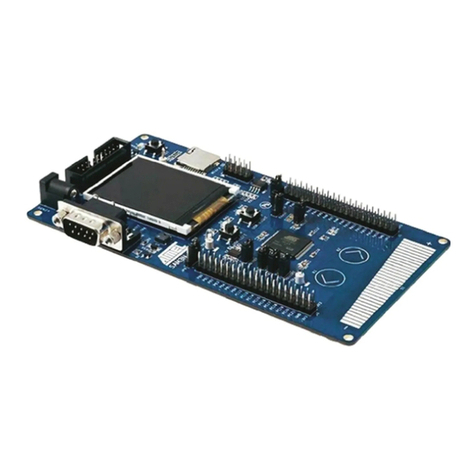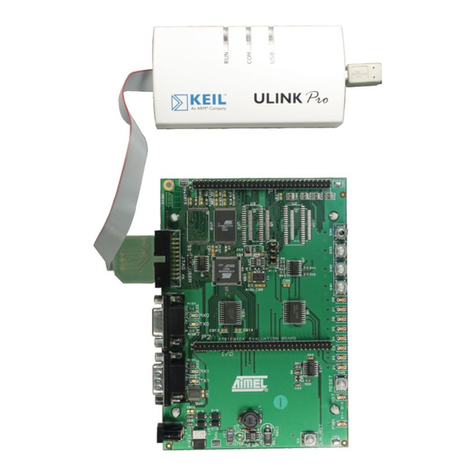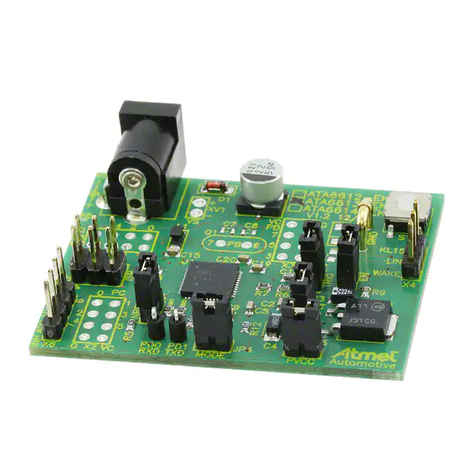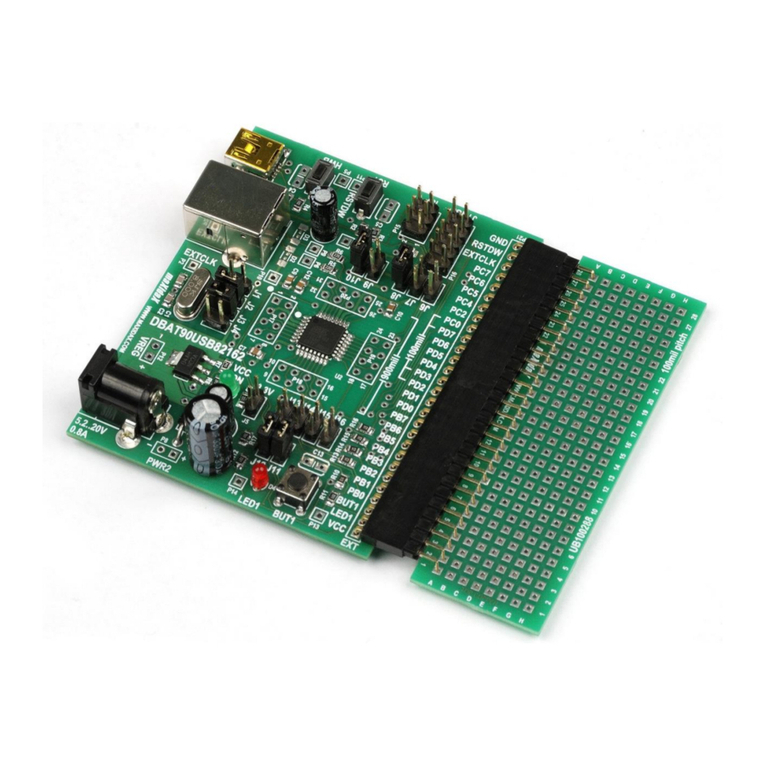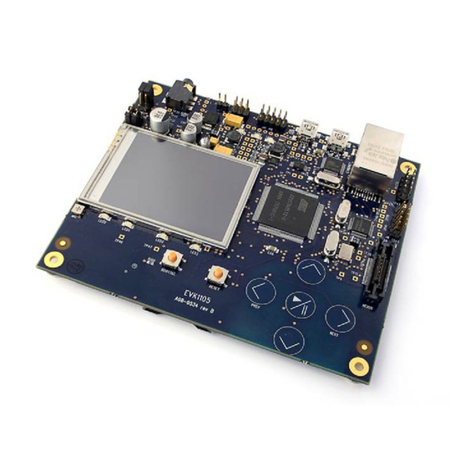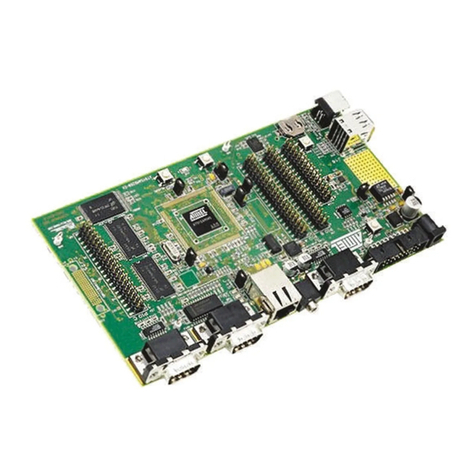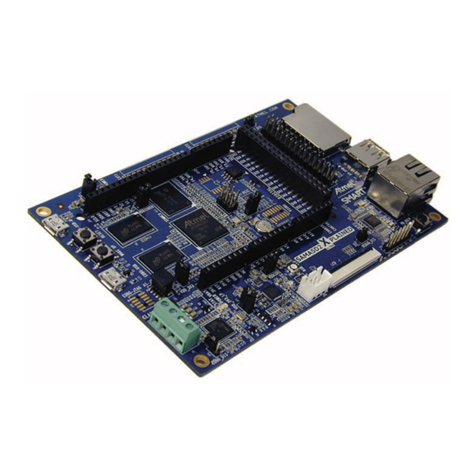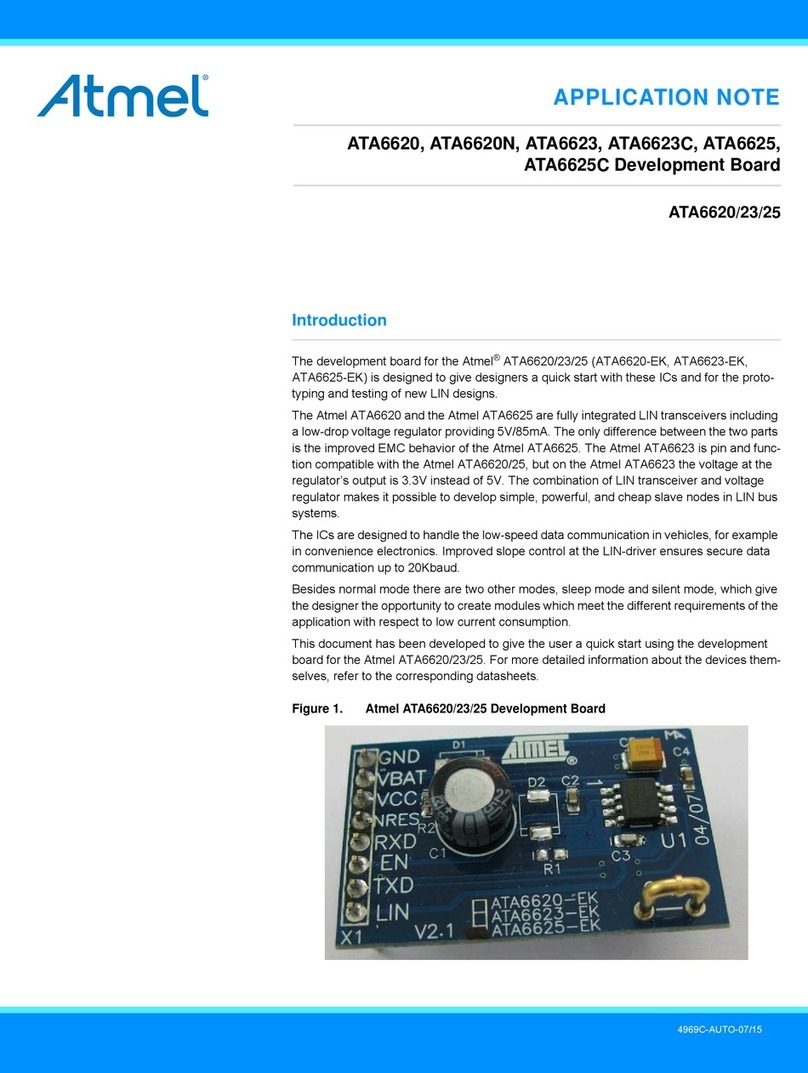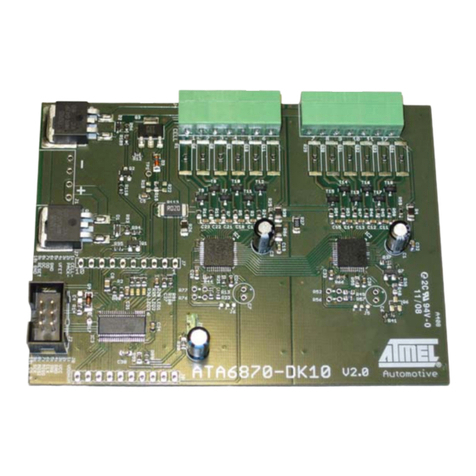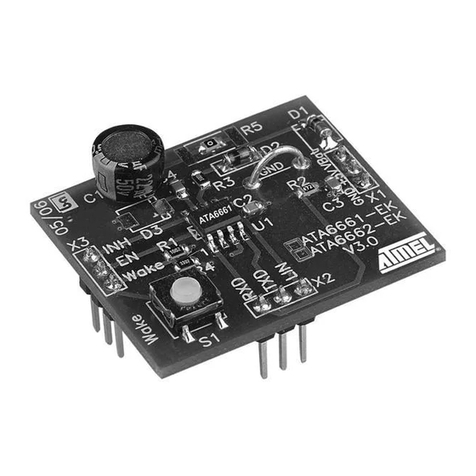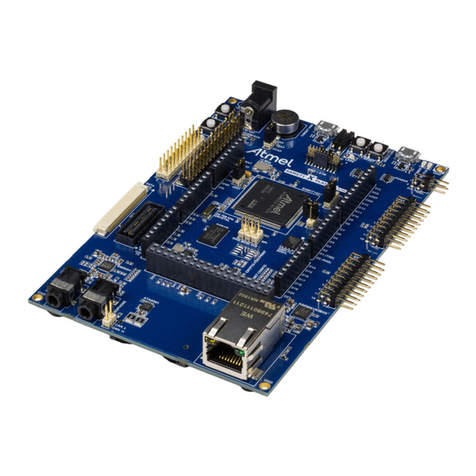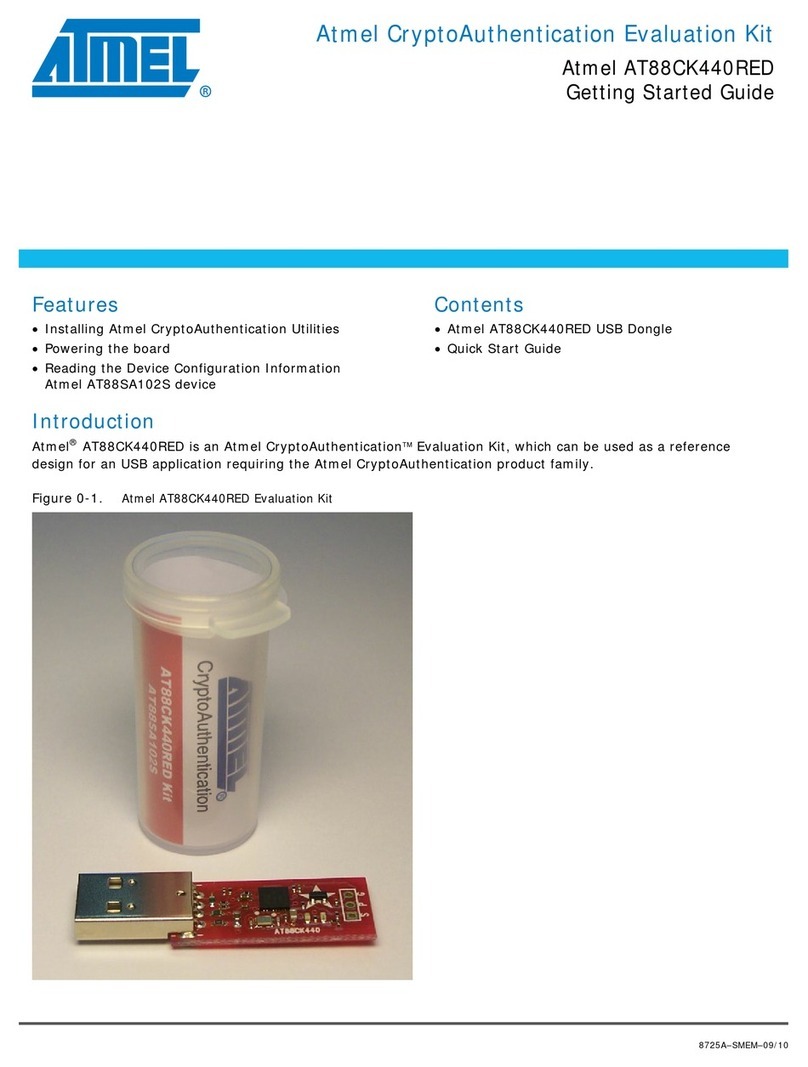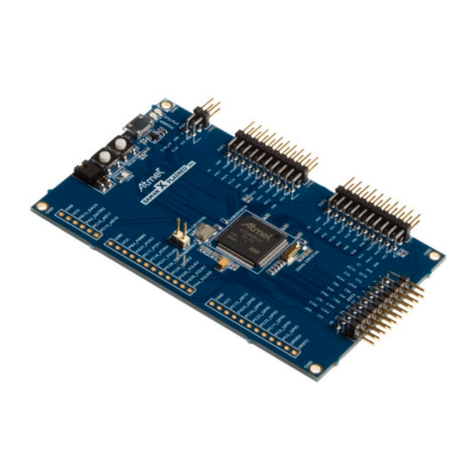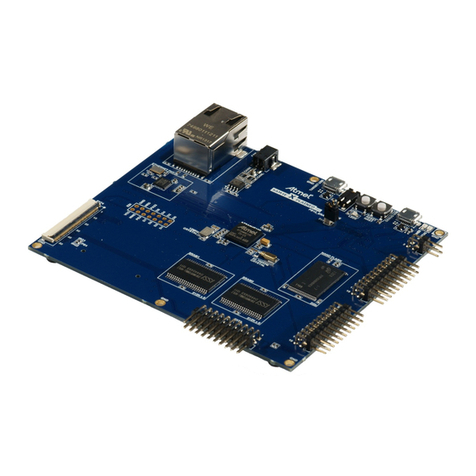
i
Table of Contents
Section 1
Overview............................................................................................... 1-1
1.1 Scope........................................................................................................1-1
1.2 Deliverables ..............................................................................................1-1
1.3 The AT91EB63 Evaluation Board .............................................................1-1
Section 2
Setting Up the AT91EB63 Evaluation Board ........................................ 2-1
2.1 Electrostatic Warning ................................................................................2-1
2.2 Requirements............................................................................................2-1
2.3 Layout .......................................................................................................2-1
2.4 Jumper Settings ........................................................................................2-2
2.5 Powering Up the Board.............................................................................2-2
2.6 Measuring Current Consumption on the AT91M63200 ............................2-2
2.7 Testing the AT91EB63 Evaluation Board .................................................2-3
Section 3
The On-board Software ........................................................................ 3-1
3.1 AT91EB63 Evaluation Board ....................................................................3-1
3.2 The Boot Program.....................................................................................3-1
3.3 Programmed Default Memory Mapping ....................................................3-2
3.4 The SRAM Downloader ............................................................................3-2
3.5 The Angel Monitor.....................................................................................3-2
Section 4
Circuit Description................................................................................. 4-1
4.1 AT91M63200 Processor ...........................................................................4-1
4.2 Expansion Connectors and JTAG Interface..............................................4-1
4.2.1 I/O Expansion Connector ...................................................................4-1
4.2.2 EBI Expansion Connector ..................................................................4-1
4.2.3 MPI Expansion Connector..................................................................4-1
4.2.4 JTAG Interface ...................................................................................4-2
4.3 Memories ..................................................................................................4-2
4.4 Power, Crystal Oscillator and Clock Distribution.......................................4-2
4.5 Push Buttons, LEDs, Reset and Serial Interfaces ....................................4-2
4.6 Layout Drawing .........................................................................................4-3
Downloaded from Elcodis.com electronic components distributor
